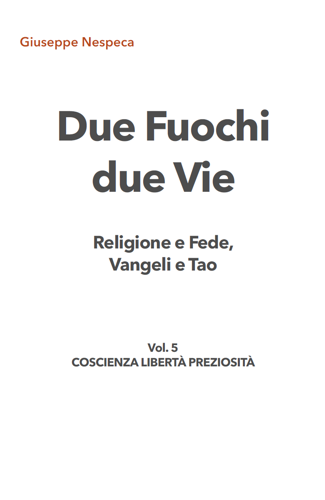1. Dominus flevit (cf. Lk19, 41).
There is a place in Jerusalem, on the side of the Mount of Olives, where according to tradition Christ wept over the city of Jerusalem. In those tears of the Son of Man there is almost a distant echo of another weeping, of which the first reading from the Book of Nehemiah speaks. After returning from Babylonian bondage, the Israelites set about rebuilding the temple. First, however, they heard the words of the Holy Scripture, and of the priest Ezra, who then blessed the people with the Book of the Law. Then they all burst into tears. For we read that the governor Nehemiah and the priest Ezra said to those present: 'This day is consecrated to the Lord your God; do not mourn or weep! [ . . .] do not mourn, for the joy of the Lord is your strength" (Ne8:9, 10).
Behold, that of the Israelites was weeping for joy at the recovered temple, at the regained freedom.
2. The weeping of Christ on the Mount of Olives was not, however, a weeping for joy. For he exclaimed: "Jerusalem, Jerusalem, thou that killest the prophets and stonest them that are sent unto thee, how often have I desired to gather thy children, as a hen gathereth her chicks under her wings, and ye would not! Behold, your house shall be left to you deserted" (Mt 23:37-38).
Similar words Jesus will say a little later on the road to Calvary, meeting the weeping women of Jerusalem.
In Jesus' weeping over Jerusalem, his love for the Holy City finds expression, together with his sorrow for the not distant future, which he foresees: the City will be conquered and the temple destroyed, the young men will be subjected to the same torment as he, death on a cross. "Then they will begin to say to the mountains: fall on us! and to the hills: cover us! For if they so treat the green wood, what will happen to the dry wood?" (Lk 23:30-31).
[Pope John Paul II, homily Syracuse 6 November 1994]












